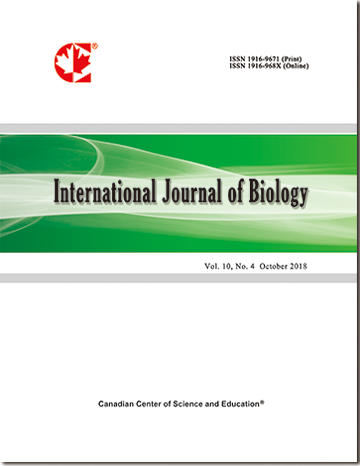Molecular Screening for E255K and F359V Mutations in Non-Responders Iraqi Chronic Myeloid Leukemia Patients to Imatinib Mesylate Therapy
- Qudus Jamal
- Maysaa Dhahi
- Bassam Mattii
Abstract
Mutations in the kinase domain (KD) of BCR-ABL are the most prevalent mechanism of acquired resistance to first generation of tyrosine kinase inhibitor Imatinib Mesylate (IM) in chronic myeloid leukemia (CML) patients. Dasatinib and Nilotinib, the second generation of tyrosine kinase inhibitors (SGTKI), have been approved for second-line treatment of CML patients who demonstrate resistance to IM. The identification of E255K and F359Vmutations, which are considered highly resistant to SGTKI nilotinib, lead to a clear-cut decision in the choice of the appropriate SGTKI dasatinib. The aim of this study is to assess the frequency of mutations E255K and F359V in Iraqi CML patients who showed criteria of failure or suboptimal response to IM by using Allele Specific Oligonucleotid-Polymerase Chain Reaction (ASO-PCR). In this cross-section study, 70 patients were diagnosed clinically and hematologically as CML, who attended the Baghdad Medical City /Teaching Hospital/Hematology Unite, during the period between September 2011 to June 2012. They were on IM in different doses (400-800 mg/day) for at least one and a half year. Those patients were classified according to their responsiveness to IM into four groups according to European Leukemia Net. Also, 10 healthy age match subjects were included who served as technical negative control. Peripheral blood (PB) samples were taken from each subject. DNA was extracted using commercial available DNA extraction kit. Molecular screening for the presence of E255K and F359V mutations were done using ASO-PCR. The mean value of age of CML patients was 40.5 ± 2.56 years. Male to female ratio of CML patients was 1.12:1. The result of molecular screening for two mutations showed that all seventy CML patients were negative for both mutations. We conclude that the presence of other variants of studied mutations, another types of point mutations or other mechanisms for resistance to IM such as over expression of BCR-ABL, drug influx and efflux could be the causes of IM resistance.
- Full Text:
 PDF
PDF
- DOI:10.5539/ijb.v6n4p139
Index
- ACNP
- AGRICOLA
- BASE (Bielefeld Academic Search Engine)
- CAB Abstracts
- CiteFactor
- CNKI Scholar
- CrossRef
- DTU Library
- Elektronische Zeitschriftenbibliothek (EZB)
- Excellence in Research for Australia (ERA)
- Google Scholar
- Infotrieve
- LIVIVO (ZB MED)
- LOCKSS
- Max Planck Institutes
- MIAR
- PKP Open Archives Harvester
- Qualis/CAPES
- ResearchGate
- ROAD
- SafetyLit
- SHERPA/RoMEO
- Technische Informationsbibliothek (TIB)
- Universe Digital Library
- WorldCat
Contact
- Ryan JonesEditorial Assistant
- ijb@ccsenet.org
